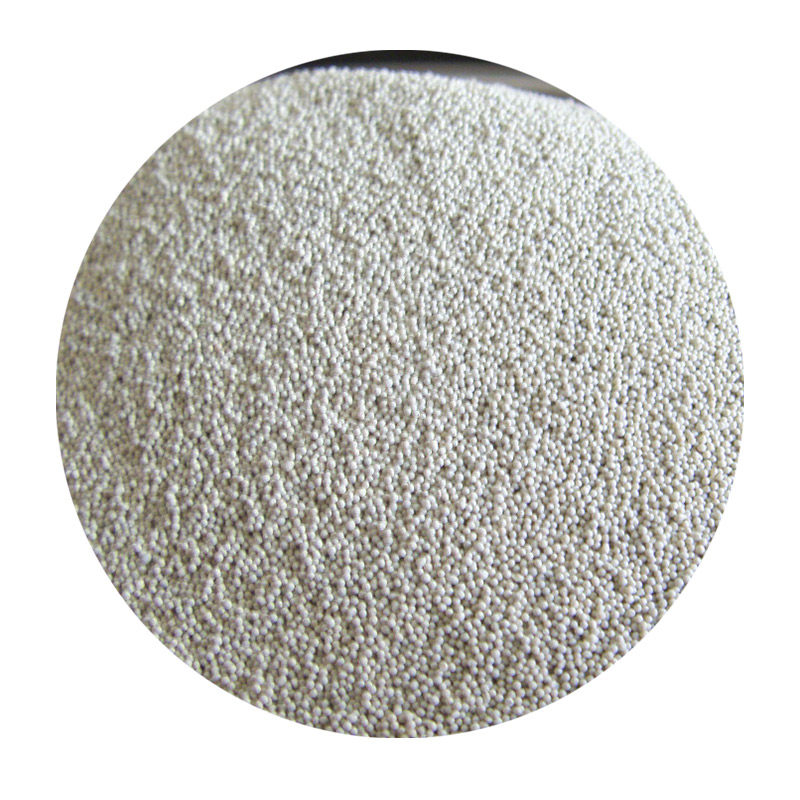Sand Casting Foundries An Overview
Sand casting is one of the oldest and most versatile manufacturing processes for producing metal parts. It utilizes a mold made of sand to create complex shapes that might be difficult to achieve through other methods. Sand casting foundries are specialized facilities where this process takes place, playing a crucial role in various industries, including automotive, aerospace, and construction.
The process begins with the creation of a pattern, which is typically made from a material that can withstand the heat of molten metal, such as wood, plastic, or metal. This pattern is then placed in a frame known as a flask, and sand is packed around it to form a mold. The sand is often mixed with a binding agent, such as clay, to ensure that it holds its shape. Once the mold is prepared, the pattern is removed, leaving a cavity that reflects the desired shape of the final product.
After the mold is created, the next step is to pour molten metal into the cavity. This is often done using furnaces that can reach very high temperatures, allowing various metals, including aluminum, iron, and bronze, to be melted. Once the metal has cooled and solidified, the mold is broken away, revealing the cast part. This process can produce intricate designs, with excellent surface finishes and dimensional accuracy.
sand casting foundries

Sand casting foundries benefit from their ability to produce large quantities of parts with minimal setup time, making them ideal for both small-scale operations and large production runs. Additionally, the sand can be recycled, making this process cost-effective and environmentally friendly. Despite its advantages, there are challenges, such as the potential for defects like sand inclusion, porosity, or dimensional inaccuracies due to thermal expansion.
Quality control is critical in sand casting foundries. Rigorous testing and inspection techniques ensure that each part meets the required specifications and standards. Advanced technologies, such as computer-aided design (CAD) and simulation software, have also been integrated into the process, enabling foundries to optimize designs and improve production efficiency.
In conclusion, sand casting foundries are essential for manufacturing a wide array of metal components. Their ability to produce complex shapes economically and sustainably makes them a vital part of the manufacturing landscape. As technology advances, the sand casting process continues to evolve, ensuring its relevance in modern engineering and production.
Post time:اکتوبر . 15, 2024 10:10
Next:Understanding the Process of Sand Casting and Its Steps for Metal Casting Success
